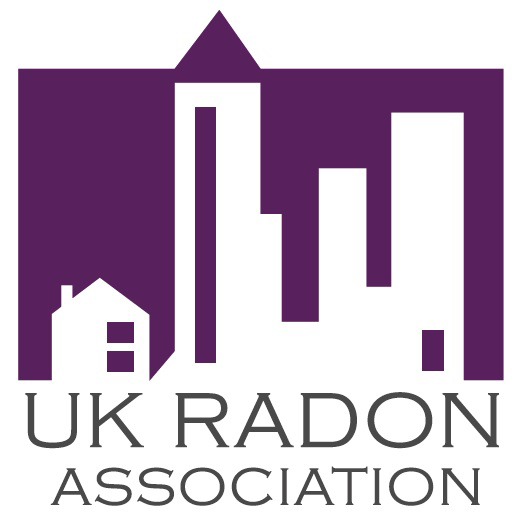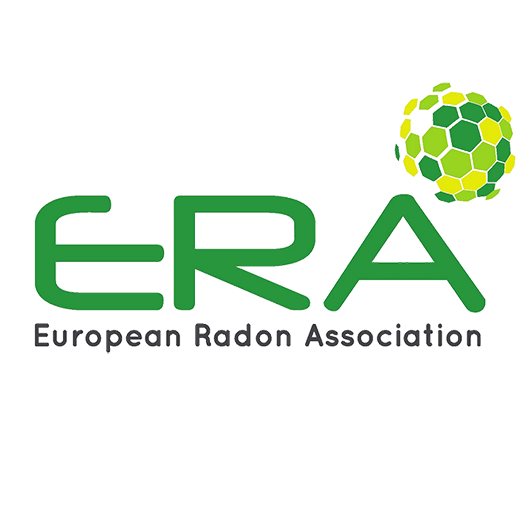In the UK, there are radon maps that show which areas are more exposed to radon and which are less exposed. Consequently, many people do not measure radon because they think they live in a radon-free area, but that is wrong. Almost all of UK is exposed to radon and considerable local differences can exist within the residential areas. That is confirmed by studies carried out by Radonova in which the results from the same residential area were examined. That is why it is always important to measure radon and not rely on radon maps.
Why are there such large local differences in radon content?
It is due to variations in radon in the soil and how buildings are constructed. Also what maintenance they have had and what rebuilding has taken place.
The levels of radon in the soil depend on factors such as the extent to which the elements uranium and radium are present in our rock types and therefore also our soil types. Radon gas is formed from these elements and is transported through the soil layer with the aid of air and ground water. This means, for example, that there is a greater risk of radon in buildings constructed on sand and gravel. These highly porous soil types contain large amounts of air that can easily transport radon up into buildings.
Important – Where does radon leak into houses?
Radon from the soil leaks into houses and apartment blocks in many different ways. Unsealed penetrations in the form of incoming electricity and water supplies enable radon to leak into the building. A concrete pad with cracks can also allow radon to leak in.
These causes mean that there can be considerable local variations in the radon content in residential areas. It is therefore always important to measure the radon content in indoor air, regardless of where you live and how you live – in a house or in an apartment building.








